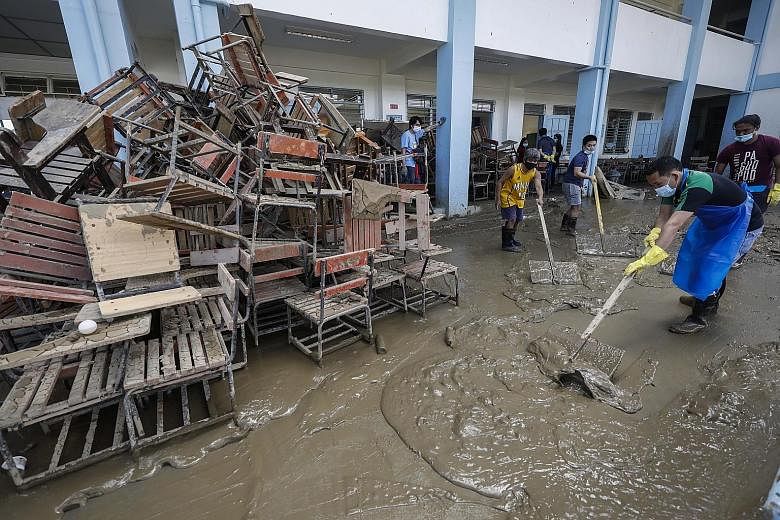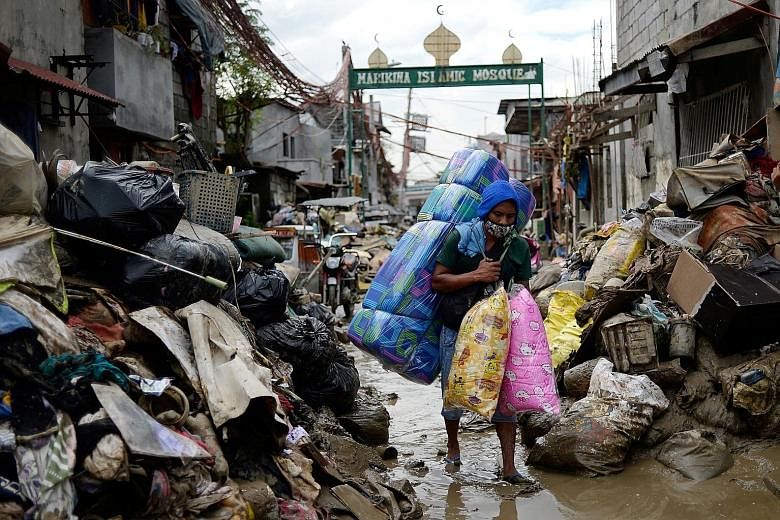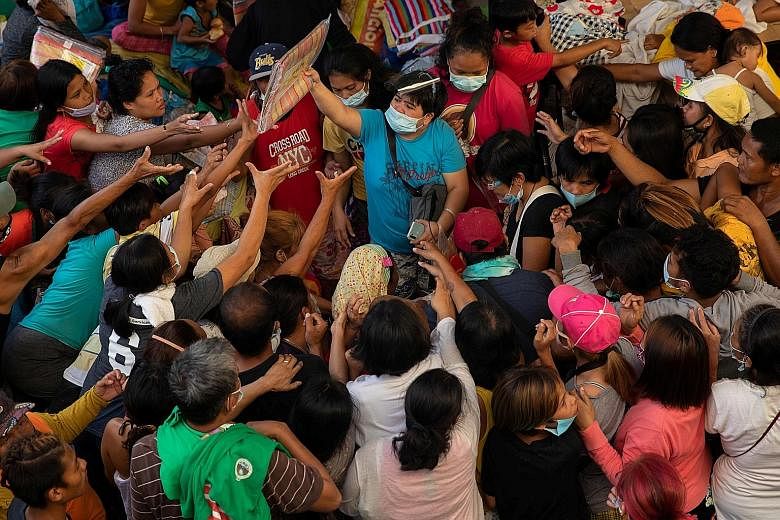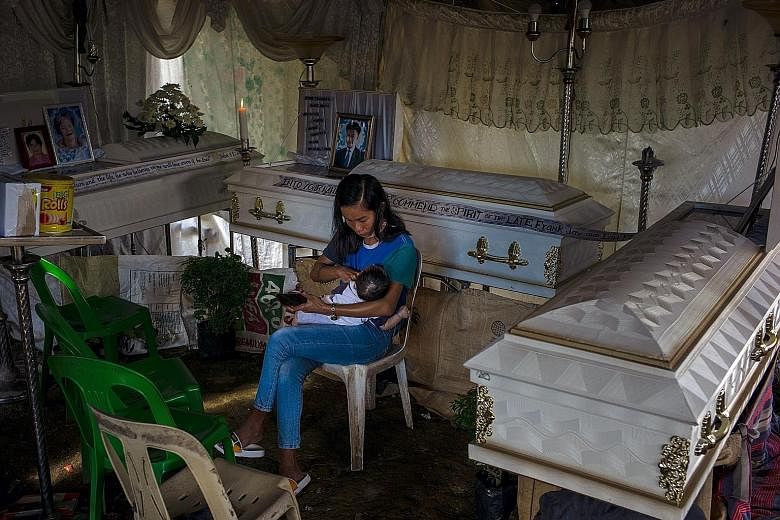In a matter of hours, swathes of the main Philippine island of Luzon were flooded by record downpours from Typhoon Vamco. Rivers burst their banks, landslides smashed into villages and rice fields were flattened. Much of the capital Manila was inundated by muddy water that quickly reached the rooftops of homes in some areas.
It is now just over a week since Vamco struck with unexpected ferocity, leaving many the painful task of cleaning up, rebuilding and mourning lost loved ones. The recovery for many has only just started.
The storm killed 73 people and affected nearly four million others, according to the latest update from the National Disaster Risk Reduction and Management Council (NDRRMC) published yesterday.
Vamco is the 21st storm to hit the Philippines this year and quickly followed Typhoon Goni, which was ranked as among the strongest typhoons to hit the country in years, with winds exceeding 300kmh. Goni left at least 26 dead and displaced close to a million.
The Philippines is used to typhoons. But this year, the season has been especially active, with Vietnam also being hit by a series of devastating storms.
The typhoon season usually starts in June and peters out by November. In recent years, however, the strongest typhoons have been slamming the country in November and December.
Vamco, which quickly gathered strength as it approached Luzon, dumped record levels of rain that paralysed nearly all of Metropolitan Manila two Thursdays ago. Dramatic rescues played out across several cities, with tens of thousands rescued by rubber dinghies, small motorised boats, canoes and even jet skis, Reuters reported at the time.
In Marikina City and nearby Rizal province, home to nearly three million, residents fled to the upper floors of their homes or climbed onto rooftops as flood waters rose rapidly after a 78km river breached its banks.
In Cagayan province, at the northern tip of Luzon, Vamco turned the once picturesque Cagayan River into a sea of murky brown, killing dozens and setting off deadly landslides.
Days after the storm, Mr Francisco Pagulayan, 45, sat dazed as he stared at three white coffins on the roadside near his village. Two of his seven children - Ian, 17, and Frank, 19 - along with his mother-in-law were killed when a landslide buried their modest wooden home, The New York Times reported.
"There was a loud boom, and within seconds everything was gone," said Mr Pagulayan, who lives in Baggao, a village in Cagayan province. "They survived the flash flood but were buried by the landslide."
-
IMPACT OF TYPHOON VAMCO
-
73
Number of people killed by the storm in the Philippines.
-
4m
Number of people affected.
-
21
Number of storms that have hit the Philippines this year, including Vamco.
The NDRRMC estimates Vamco caused 8.7 billion pesos (S$242 million) in damage to infrastructure and 4.21 billion pesos in damage to agriculture.
Nearly 140,000 people are still being looked after in 723 evacuation centres, the council said in its update.
-
HOW TO DONATE
- Singapore's Mercy Relief has launched a public fund-raising appeal, which runs until Dec 10.
-
Credit card: Via Mercy Relief's website:
-
Crossed cheques:
Made out to "Mercy Relief Limited" with "Southeast Asia Flood & Typhoon Relief 2020" and e-mail address written on the back of the cheque, and mailed to: Block 160, Lorong 1 Toa Payoh, #01-1568. Singapore 310160
-
Fund transfers:
Made to Mercy Relief's DBS Current Account 054-900741-2 or via giving.sg for the "Southeast Asia Flood & Typhoon Relief 2020"





